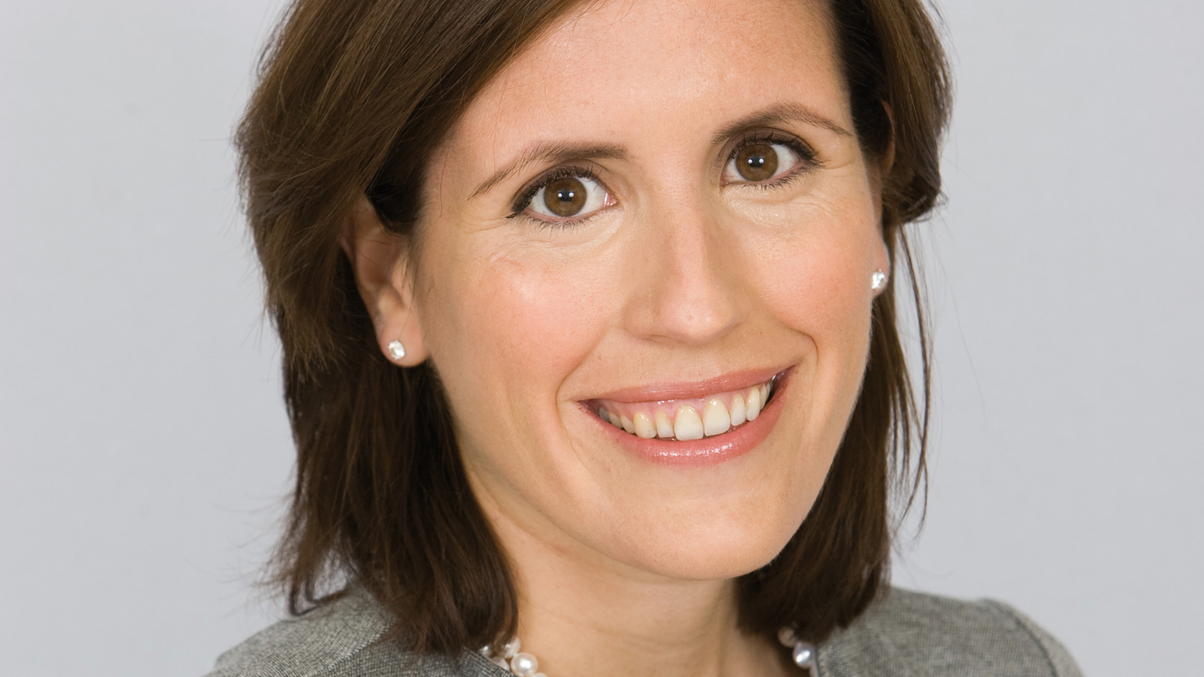EM equity fund flows disappoint GSAM
This is despite the strong performance of several EM stock markets this year, as Goldman Sachs's ‘Next 11’ index shows.

Flows into emerging market equities, including Asian stocks, have not reflected the strong performance of certain EM stock markets this year, says Katie Koch, senior portfolio manager of Goldman Sachs Asset Management. But that means it’s a good time to get in, she stresses.
Sign in to read on!
Registered users get 2 free articles in 30 days.
Subscribers have full unlimited access to AsianInvestor
Not signed up? New users get 2 free articles per month, plus a 7-day unlimited free trial.
¬ Haymarket Media Limited. All rights reserved.


